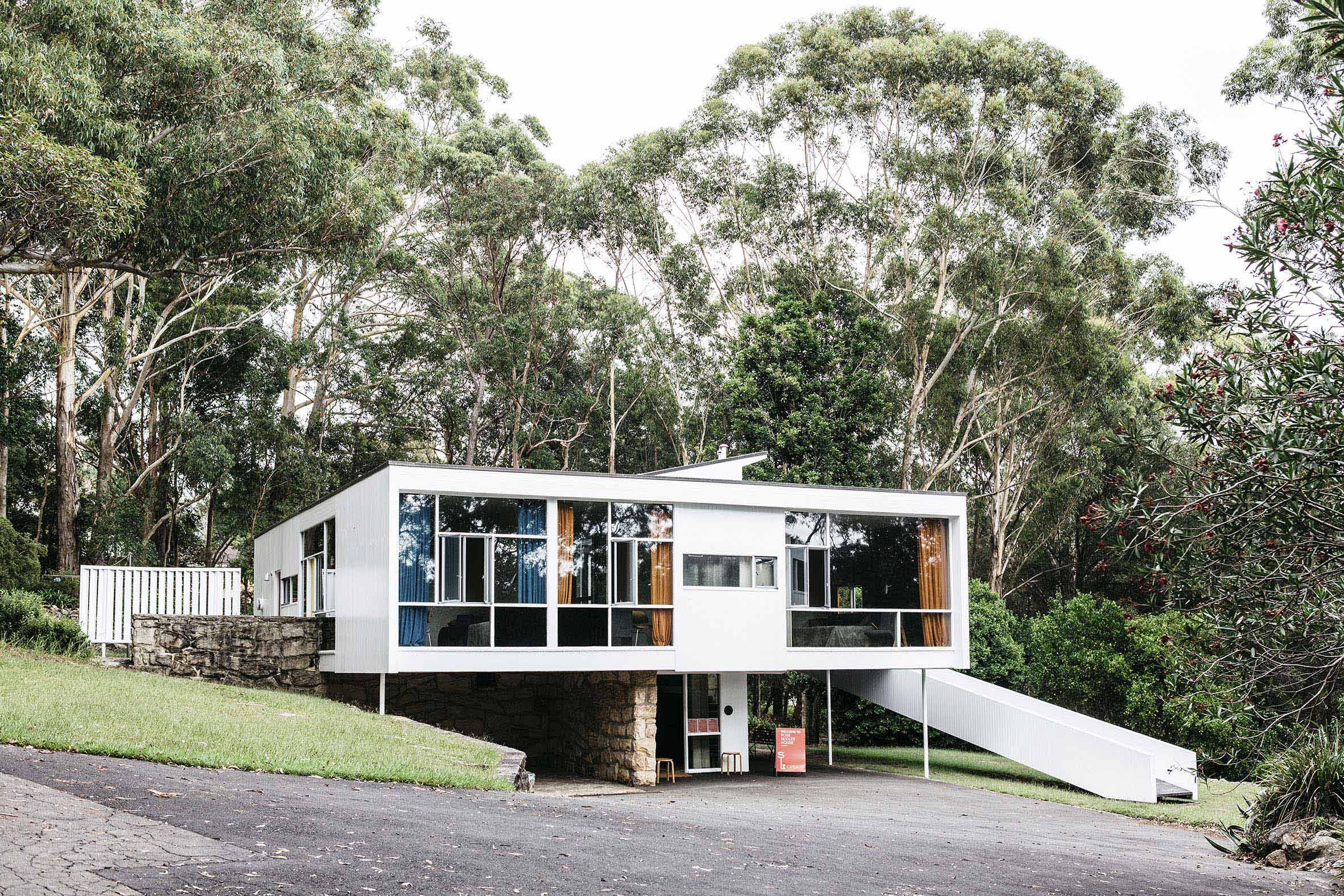He was only twenty-five when Harry Seidler built his first house, bringing Bauhaus modernism to Sydney’s North Shore. Now part of Australia’s history, the Rose Seidler House, built for his mother, and to bring the family together in their country, is open to the public as part of the Sydney Living Museums.
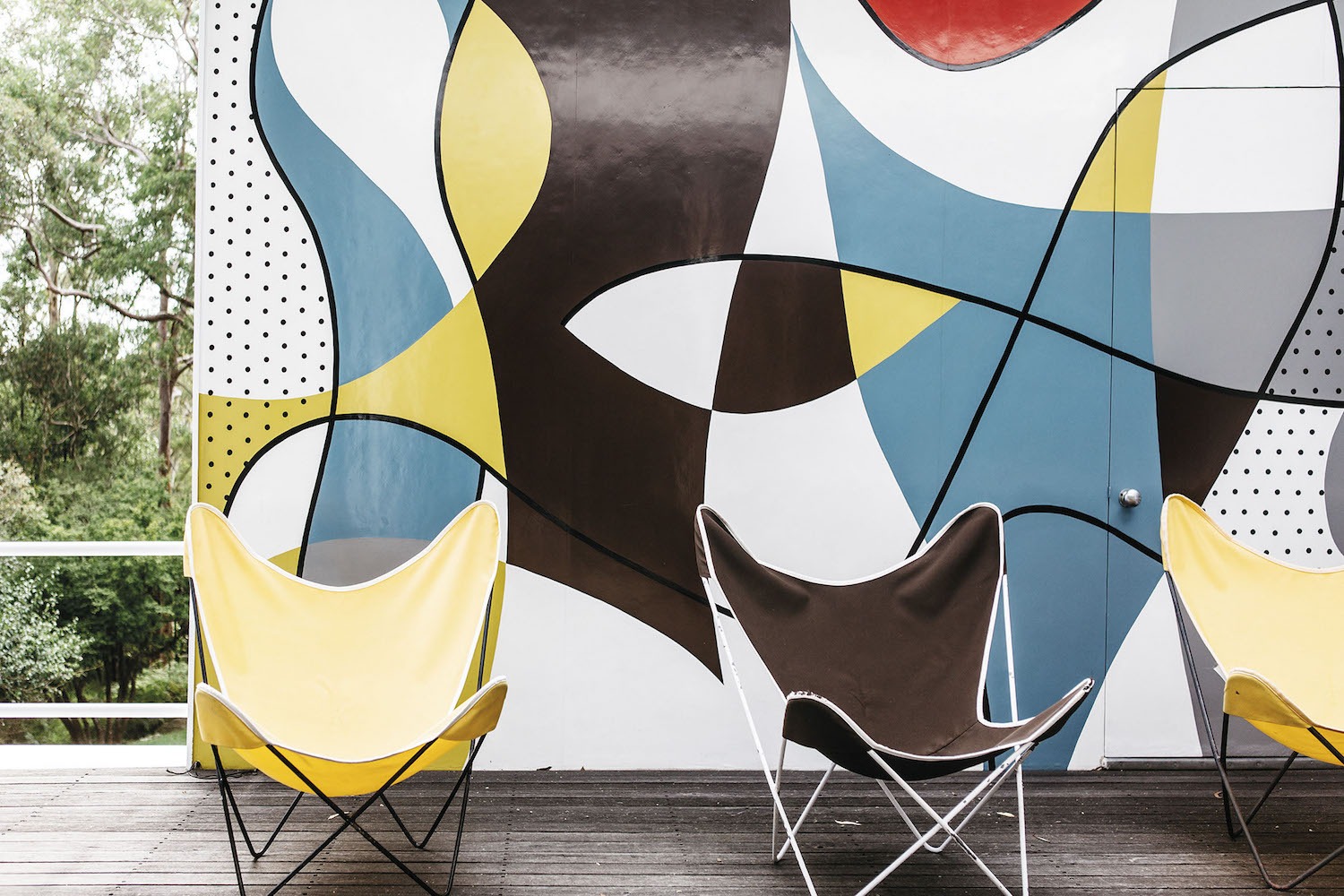
Today, Harry Seidler is an Australian icon, named by People Magazine as the “High Priest of the Twentieth Century”, and his designs have both changed the skyline of Sydney’s CBd and how people live within private homes. Built for his parents, the reaction to Rose Seidler house was significant and immediate. “People were four deep. My mother had to leave the house sometimes on the weekend because they were all standing around the windows looking in, you know, trying to see this incredible contraption.” The house won a Sulman medal for architecture in 1951, and Harry was inundated with requests to design more private homes as well as securing major commissions for public buildings. Harry remained, modernising the face of architecture of Australia. now, the Rose Seidler house is one of twelve houses in Sydney’s Living Museums collection, open to the public as a glimpse into the start of modernist living in the 1950s.
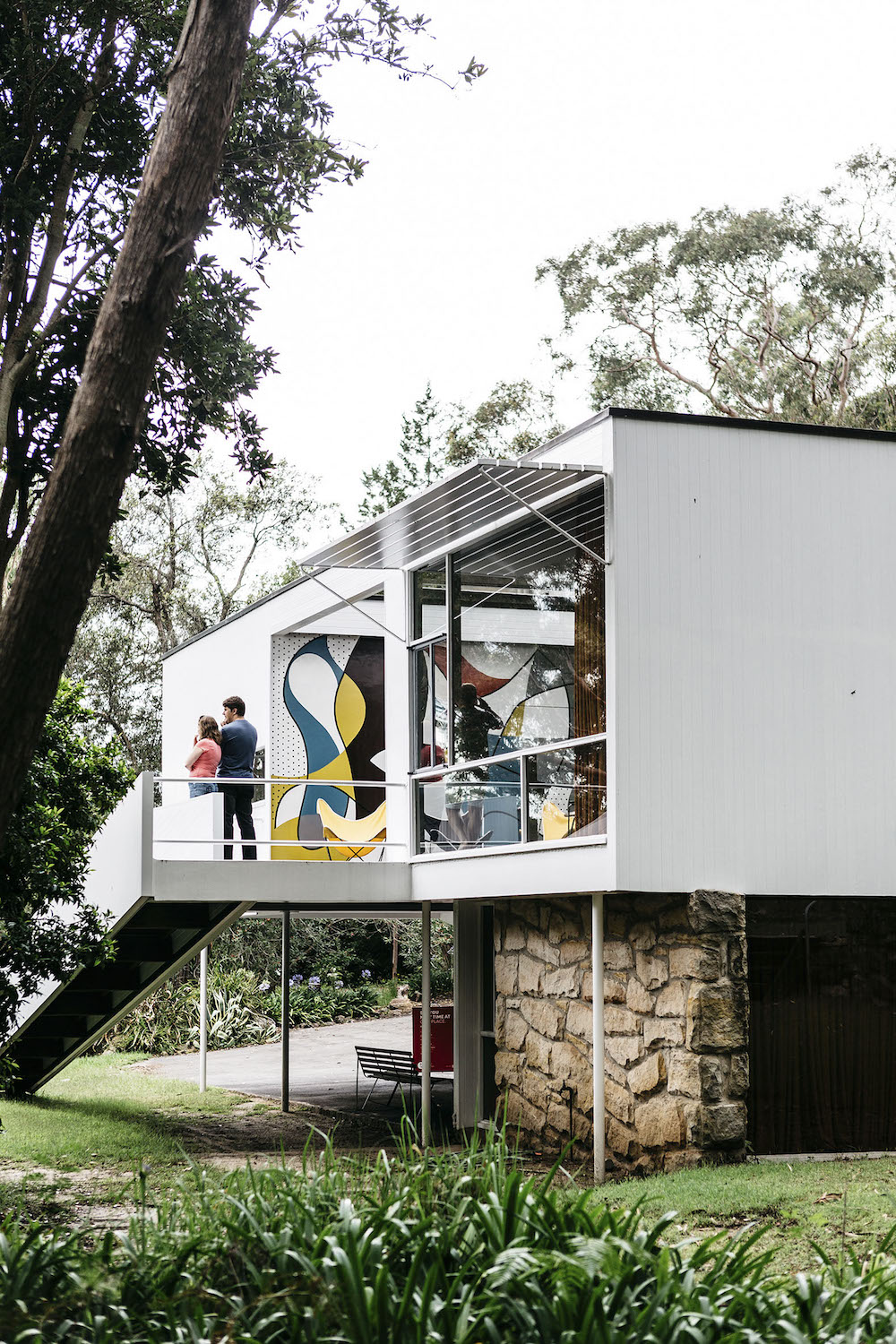
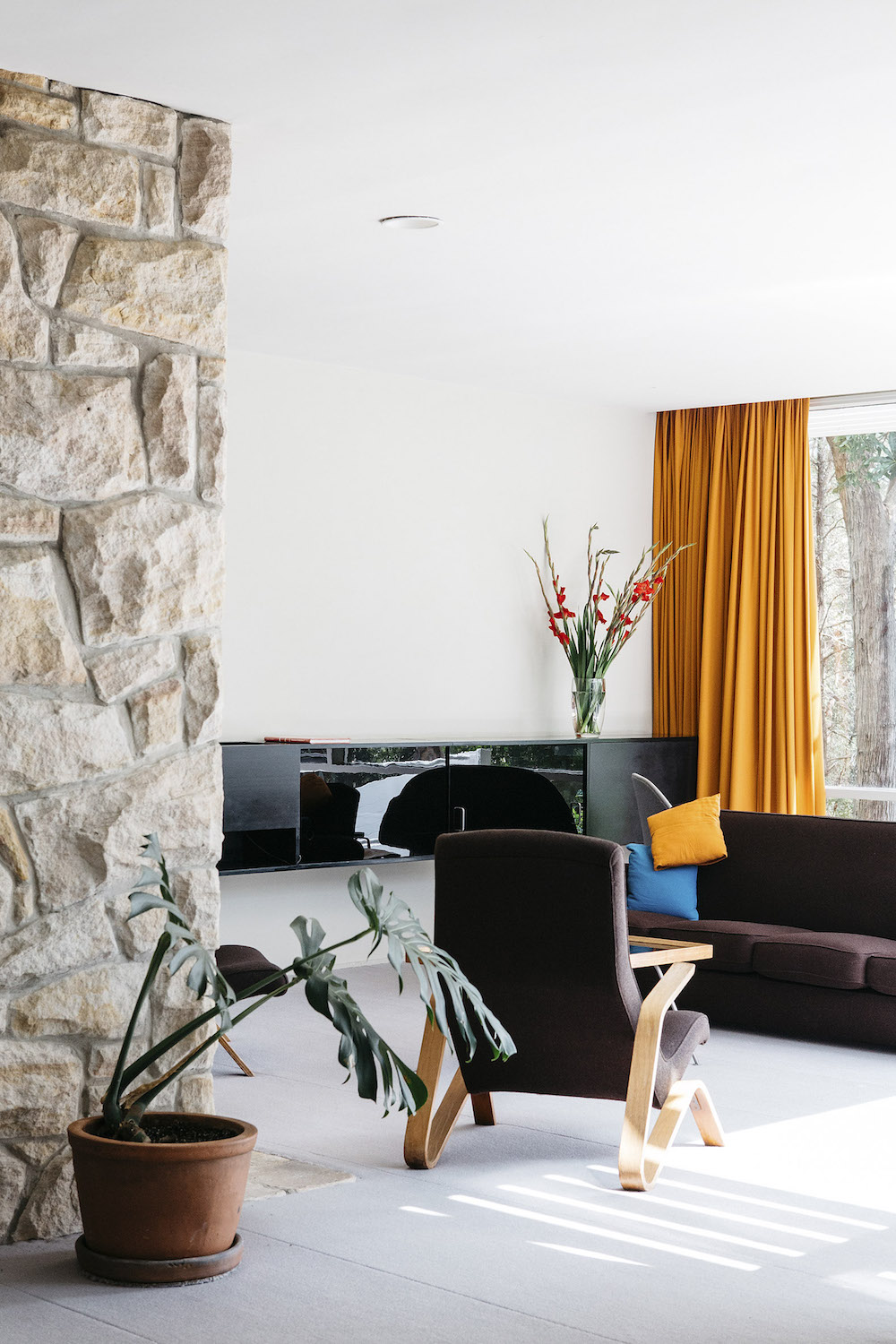
Harry initially had no interest in Australia. “I was full of con- tempt for it right from the start because my parents wrote to me how primitive it appeared.” However, Rose….. and Max lured their son with the invitation to design the family home. While their styles opposed, Rose enjoyed the opulence of viennese baroque design while Harry was at the forefront of minimalism, the collaboration was a success. “My mother was a fantastic client because she could see what I was wanting to do. She played along with me comple- tely.” Harry searched for a location that would envelop the home within the Australian bush, “so that you’d really have a beautiful na- tural environment in which to place a crystallic, man-made thing.” He chose a piece of land in the suburb of Wahroonga, an area that was quite remote from the city centre in the 1950s, enamoured with the bushland; “I’d particularly loved the long shapes, almost like a sculpture, of the eucalyptus trees.” Rose Seidler house was built as one of three, a style of collective living that was unusual at the time, designed to reunite the Seidler family on a single property after they were separated by war.
Harry had left his home country of vienna in 1938, fleeing the nazi Anchluss for England, where he studied building and cons- truction. In 1940 he was declared an enemy alien and sent to a prisoner of war camp in Canada for 18 months and it was here, after his release, that Harry first trained in architecture. He even-tually won a scholarship to the Harvard School of design where he studied under Walter Gropius, the founder of the famed Bauhaus School of design, considered the birthplace of modernist archi- tecture. The Bauhaus style is evident in Rose Seidler house, with its concern for functionality combined with design, and the lack of ornamentation; “decoration should be OF a thing, and not On a thing.” It was the first of its kind in Australia, embracing the sun and flooding light, rather than the standard brick boxes that were common in the suburbs.
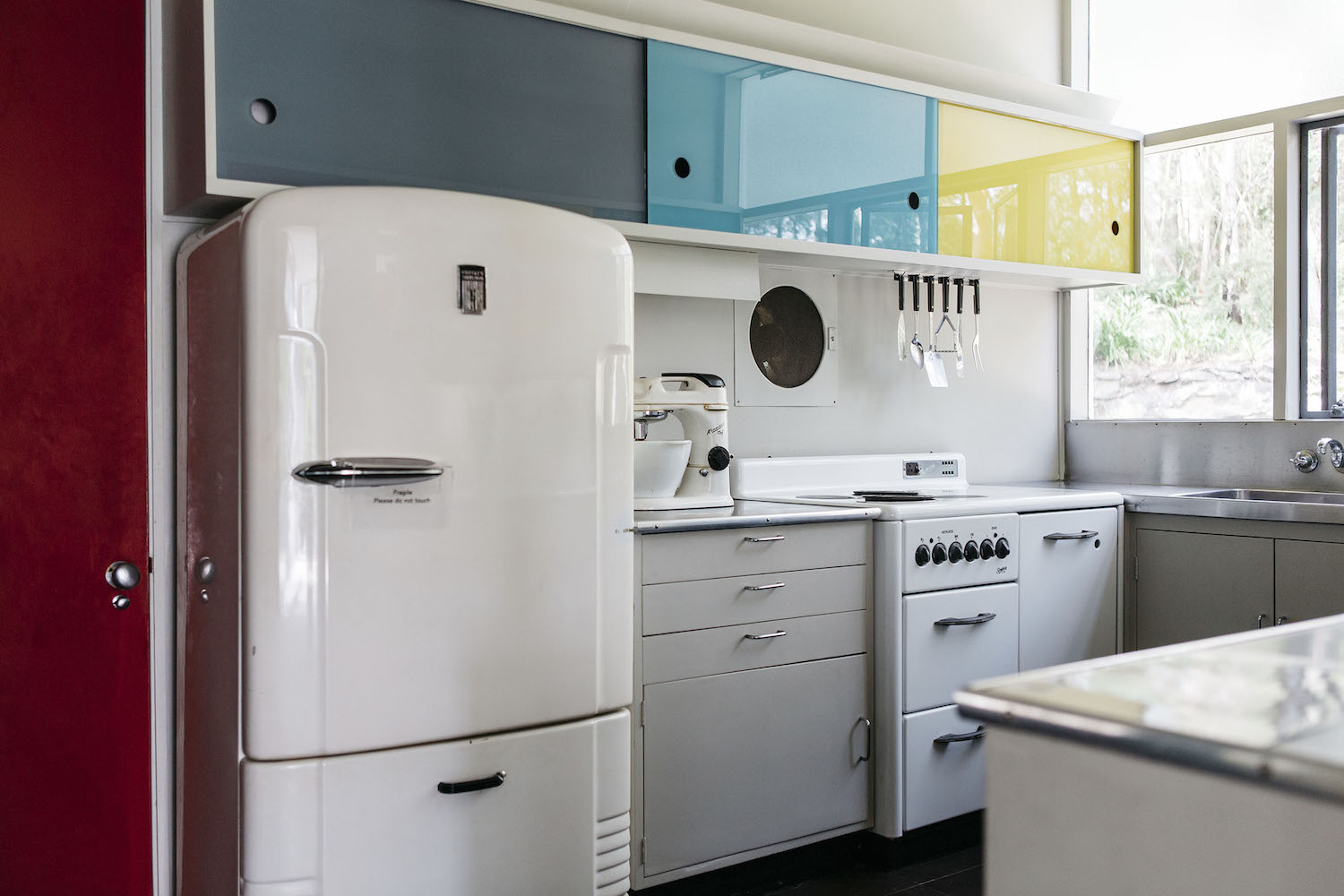
This open plan living was totally new and reflected social changes, as households were no longer integrating live-in staff into their designs. now the housewife was in charge of the domestic work, and the new open plan design made her work easier – integrating the work spaces into the living spaces of the house. Sliding panels of frosted glass beneath the upper cabinets of the kitchen can be slid back to transform the kitchen bench into an open buffet serving
area accessible from the dining table – thus negating the need for plates of food to be walked from room to room. The laundry adjoins the kitchen and has a door leading directly outside to the clothesline, hidden from the front view of the house by a partition wall. The built in wardrobes may seem ordinary now, but at the time the concept of built in furniture was completely new.
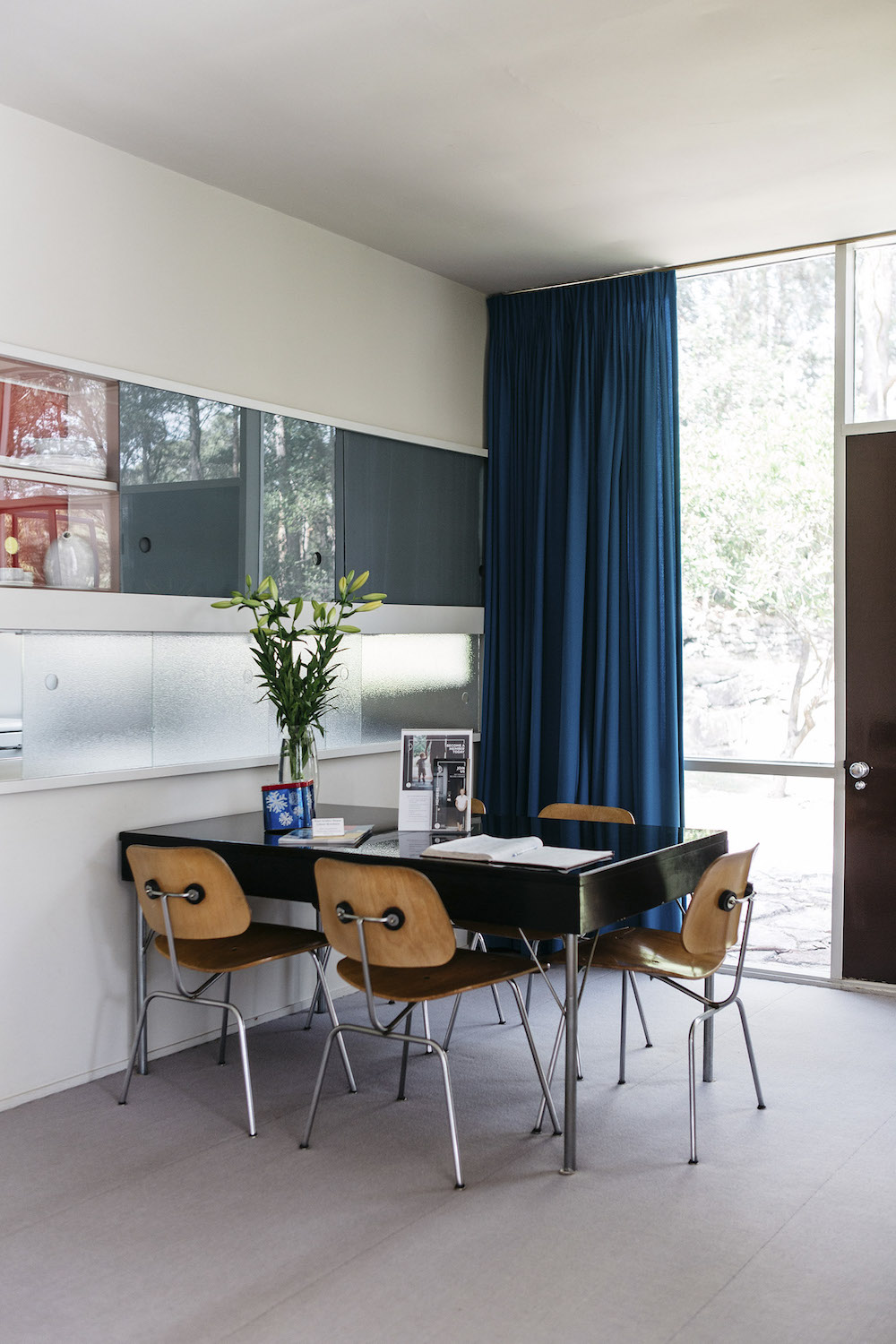
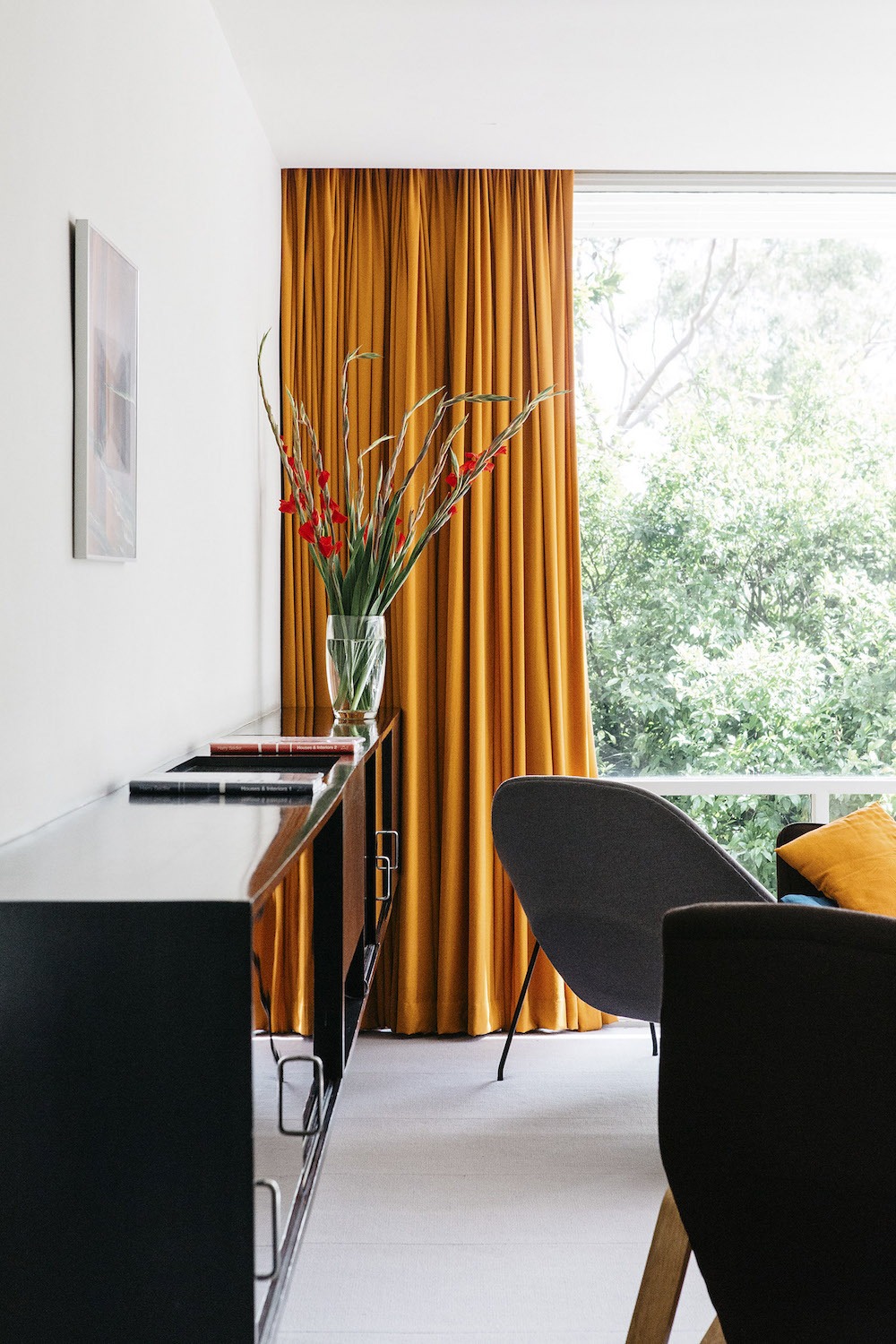
Many fittings were brought from overseas by Harry himself, “I’d come prepared, having been briefed by my brother. He said, ‘you won’t find any modern furniture.” He installed all of the modern conveniences, even a dish washer. “I came with light fittings and the most modern of chairs. All the gadgets that I sensed that I couldn’t get there.” The Eames chairs in honey coloured plywood are spread throughout the house. The famous Eero Saarinen womb chair is set facing the main window wall of the lounge, gazing out into the Ku-Ring-Gai bushland where wallabies and bush turkeys can be spotted grazing, while the Grasshopper chair is found in the master bedroom. In keeping with the minimalist style, Australian Home Beautiful magazine noted the “draw curtains on the glass walls have no cornice boxes … curtains hang directly from the cei- ling.” The moving curtain from the ceiling was used to separate a play space, allowing the open area to be widened in the case of guests, or reduced to offer privacy.
Although there were other tenants, it was Rose and Max who inhabited the house for the longest continuous period. It was resto- red by Harry Seidler himself in the 1980s. “They’re dead now but they’ve left me the house. We’ve had it restored and repaired. The chairs were ruined and rusty, all the stuff I brought in 1948. So we put it back the way it was in 1950.” Still in the house is the custom made tea trolley, designed to hide away Rose’s precious vienne- se painted plates and ornate silver cutlery, which Harry hated and would not allow her to have on display. While she willingly gave up their other opulent furnishings, these she insisted she be able to keep, and Harry agreed as long as they were only brought out when there were guests, then returned to their place out of sight.
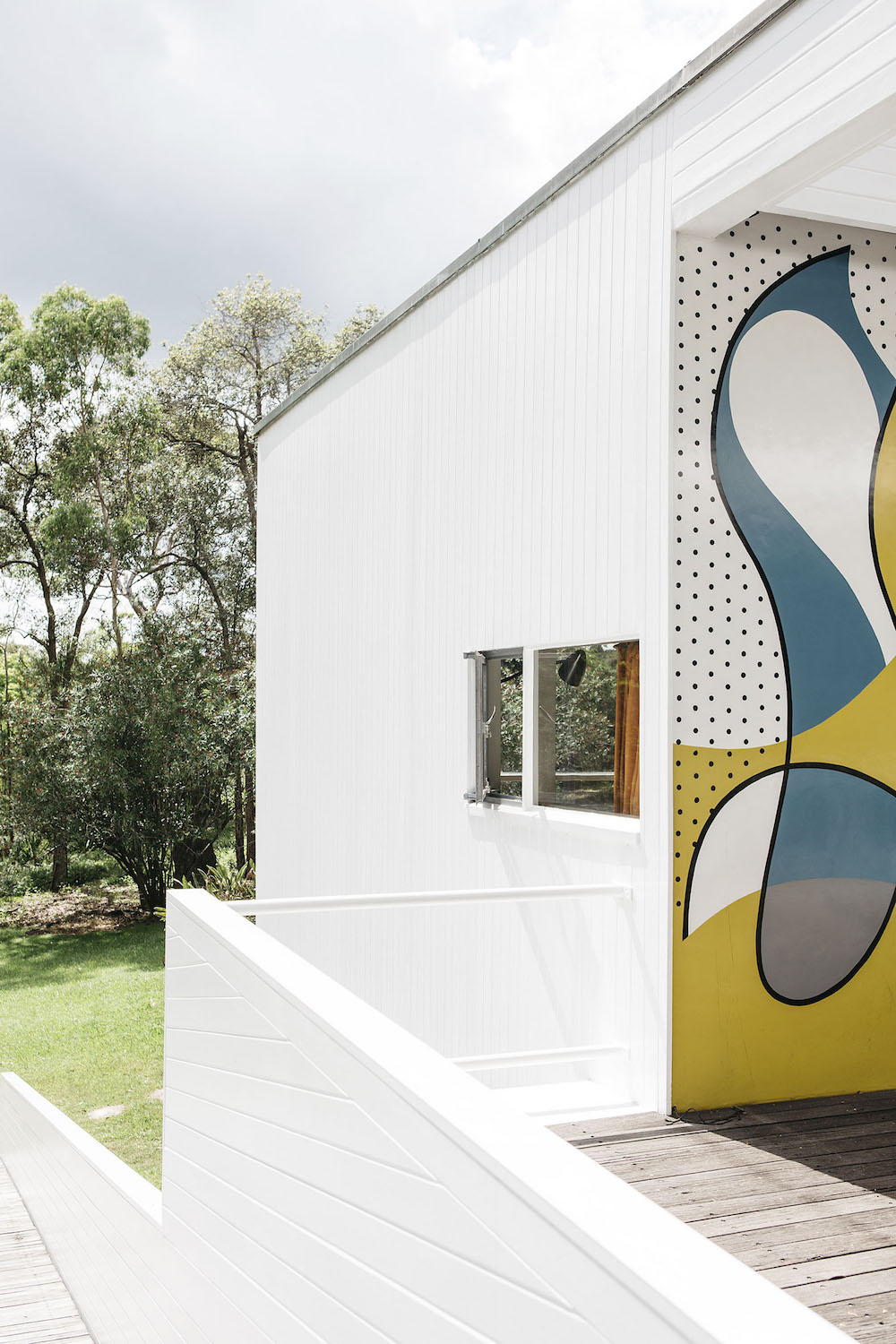
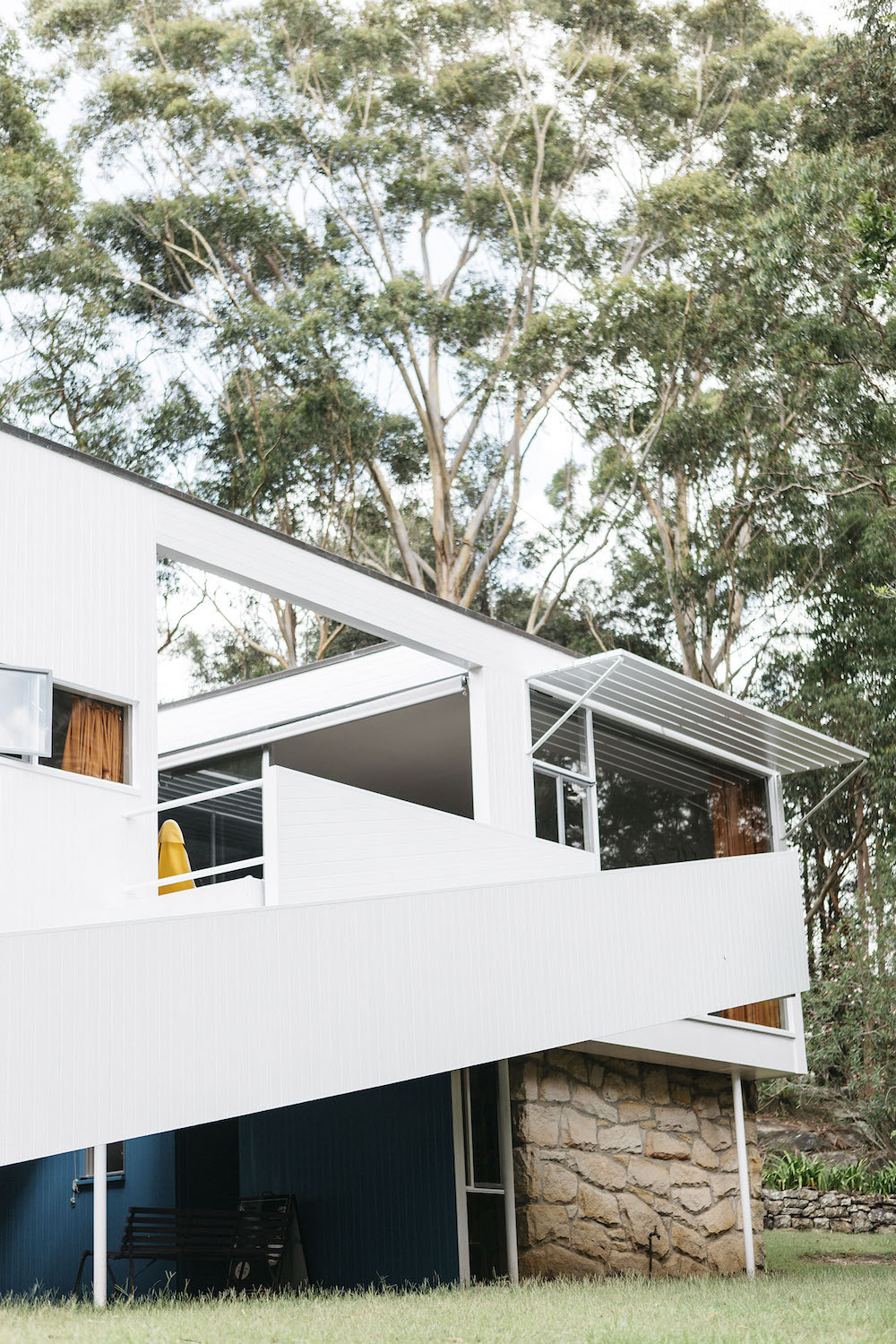
“I was pretty terrible to her … whenever I came to dinner I said that I would not eat with this decadent silver cutlery becau- se I brought you flat, stainless steel; the newest from America and that fits into this house. And of course she complied and gave me stainless steel! And now, when we have visitors we proudly eat with this silver! And the same goes for plates. I have contempt for hand painted plates, and the most violently Baroque painted plates come from vienna and again, they were in the house and I wouldn’t let her use them, but now we use them.”
